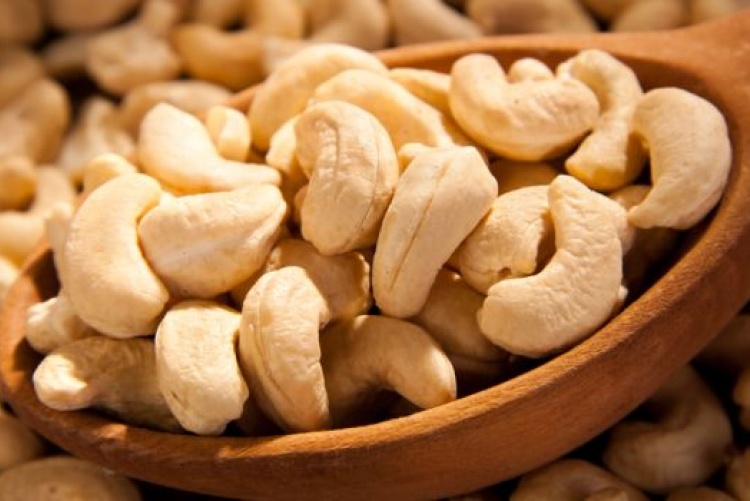Background
The cashew nut was brought to Côte d’Ivoire between 1959 and 1960 by two companies SATMACI (Societé d’Assistance Technique et de Modernisation de l’Agriculture en Côte d’Ivoire) and SODEFOR (Société pour le Développement des plantations Forestières).This was done as part of a reforestation policy.
Importance of cashew nut to the economy:
Cashew nut represents the 2nd source of the country’s income after cocoa.
Côte d’Ivoire is Africa's leading cashew producer (47.82% of African production)
Since 2016, it is the first largest producer of cashew nut worldwide (15.31% of world production).
According to the Ministry of Agriculture, the turnover for the cashew nut sector has increased from 200 billion FCFA in 2013 to 337 billion FCFA in 2015 (514 million euros), an increase of 68.5%.
Production
Production is located in the Center and North of Côte d’Ivoire, precisely in 11 regions as follows: Gontougo, Gbêkê, Poro, Denguelé, Worodougou, N’Zi, Bélier, Haut-Sassandra, Marahoué, Bafing, Indénié-Djuablin.
Gontougo represents the main production area.
The land area used for the production of cashew nut has evolved from 8,220 ha in 1970 to 420,000 ha in 2005 and 450,000 ha in 2008.
Producers
About 250,000 to 320,000 farmers produce cashew nuts.
The cashew tree is mainly grown by small family farms of between 0.5 and 3 hectares.
However, the average area under cultivation can vary widely depending on population densities. Close to the towns the plots have a size average of 1.5 hectares per household, whereas in sparsely populated areas this average is rather around 4 hectares. Often, a minority of producers have larger plots in each village. These plots sometimes exceed 20 ha.
Production Periods
The main campaign is from February to June.
Tonnage
Cashew production expanded considerably from 100,000 metric tons of nuts in 2002 to 625,000 tons in 2015. Since 2012, Côte d’Ivoire has been ranked as the largest African cashew producer with an annual performance of more than 400,000 metric tons.
In 2016, Côte d’Ivoire overtook India as the largest world producer of raw cashew nuts with a production of 800,000 tons.
Preparation
Two constraints in terms of working: maintenance of plots and collecting nuts on the ground
Low cost of production
Commercialization System
Côte d’Ivoire operates a liberalized sales system for cashew nut.
60% of the CIF price is guaranteed to producers through the provision of services (supervision and bagging), provision of agreement for buyers and stores.
Markets
By 2011, more than 90 % of the total production was exported as raw cashew nuts.
Exportation was mainly towards India, Vietnam and Brazil which have an important processing industry.
It is worth noting that the main consumers of cashew worldwide are India (200,000 t), the United States (150,000 t) The European Union (110,000 t), China (50,000 t), the United Arab Emirates (15,000 t) and Australia (15,000 t).
Local Processing
Côte d’Ivoire is the first processor of cashew nut in Africa with a capacity of 65,850 tons of cashew nut in 2003 (11% of its production).
Actual constraints
- Market price constraints
- Absence of selected plant material
- High parasitic pressure due to pests and diseases
- Precarious living and working conditions of producers
- Low local consumption
- Low quality which leads to a price rebate
Challenges
- Improve productivity
- Improve marketing
- Promotion of processing with an objective to reach 35% of national production in 2016 and 100% in 2020. Currently, only three processing sites are active: Olam, Sita and Cajou des Savanes, which opened in June 2014.
- Professionalization of producers
- Pest and disease control
- Improve working and living conditions for producers and their communities.

